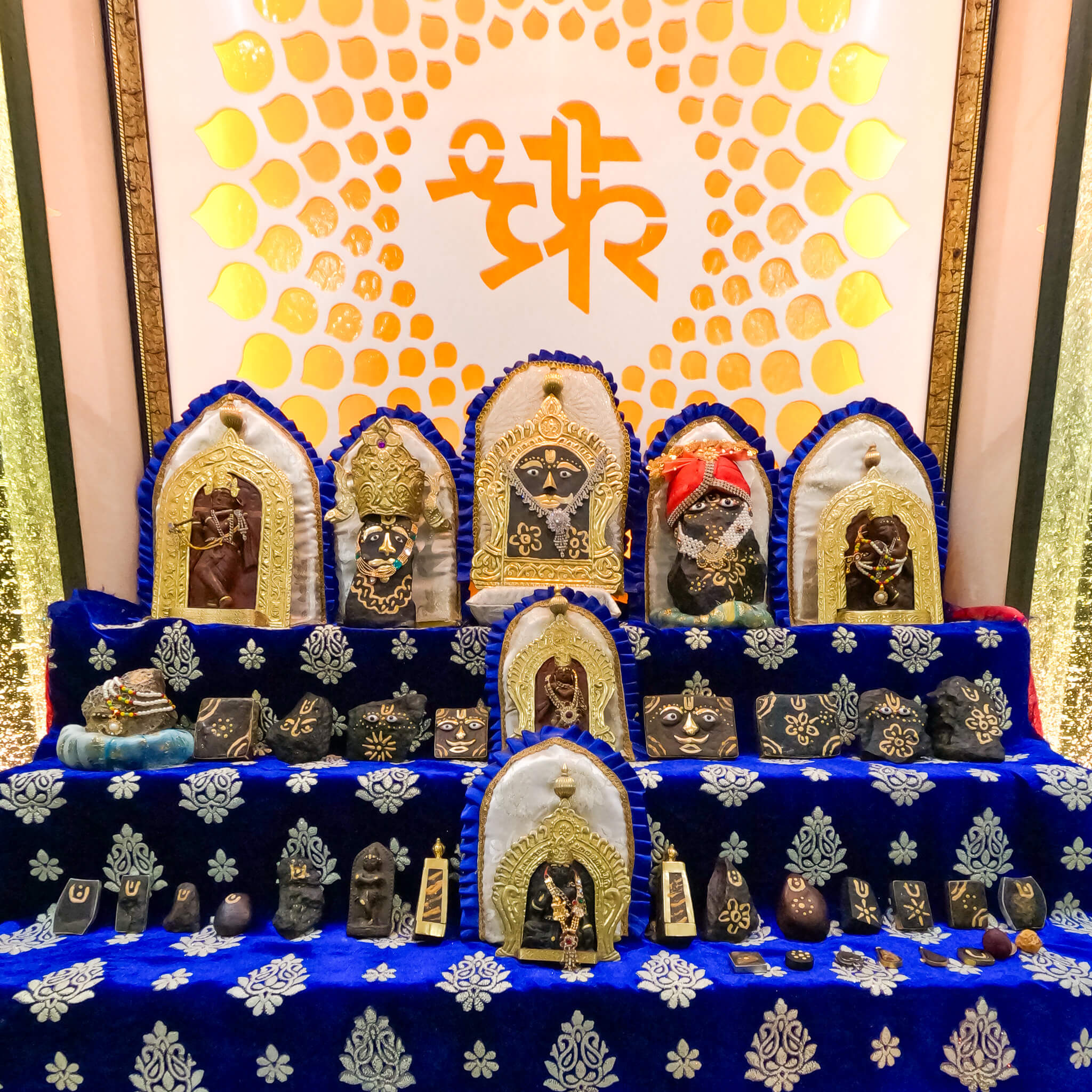Across the diverse tapestry of Indian festivals, one common thread binds them all – the vibrant dance of colors known as rangolis. These intricate artworks, meticulously crafted on doorsteps and courtyards, are much more than just decorations; they are expressions of joy, devotion, and cultural heritage. Each festival boasts its unique rangoli styles, reflecting the spirit of the celebration and invoking blessings for the occasion.
Dazzling Doorways for Diwali:
The festival of lights, Diwali, witnesses some of the most mesmerizing rangolis. Intricate geometric patterns in vibrant hues of yellow, red, and green depict Lord Ganesha, welcoming prosperity, and Goddess Lakshmi, inviting wealth and auspiciousness. Diyas flicker within the design, adding a touch of light and spirituality.
Welcoming Spring with Makar Sankranti:
As winter bids farewell and spring arrives, Makar Sankranti is celebrated with rangolis depicting the sun god Surya. Flowers and grains like mango leaves and turmeric powder adorn the patterns, symbolizing fertility and abundance.
Celebrating Colors with Holi:
The vibrant festival of Holi explodes with color, and so do its rangolis. Bold splashes of pink, green, and blue create playful patterns, mirroring the spirit of revelry and joy. Footprints are often incorporated, symbolizing welcoming guests and sharing happiness.
The Power of Ritual: Creating a rangoli is more than just drawing; it’s a ritual passed down through generations. Families gather, mothers teach their daughters, and stories are shared while fingers dance with colored powders. This process strengthens bonds, fosters cultural continuity, and instills a sense of community.
Beyond Decoration: The significance of rangolis transcends mere aesthetics. They are believed to ward off evil spirits, usher in good fortune, and invoke blessings for the family. The geometric patterns represent balance and harmony, while the symbolic elements connect the community to its rich mythology and traditions.
A Fading Symphony: In today’s fast-paced world, the daily practice of creating rangolis faces challenges. However, their importance remains unfaded. We can keep this tradition alive by:
Starting small: Begin with simple patterns and involve children in the process.
Organizing workshops: Share the knowledge and beauty of rangolis with others.
Embracing modern interpretations: Use eco-friendly colors and stencils while preserving the essence.
Let’s celebrate the spirit of Indian festivals by keeping the vibrant symphony of rangolis alive. Share your experiences, explore new designs, and together, we can ensure that these colorful expressions of culture continue to dance on our doorsteps for generations to come.
Remember, every rangoli drawn is a step towards preserving our heritage.
Do you have any special memories associated with rangolis during Indian festivals?
Share your thoughts and experiences in the comments below!!




Leave a comment
This site is protected by hCaptcha and the hCaptcha Privacy Policy and Terms of Service apply.